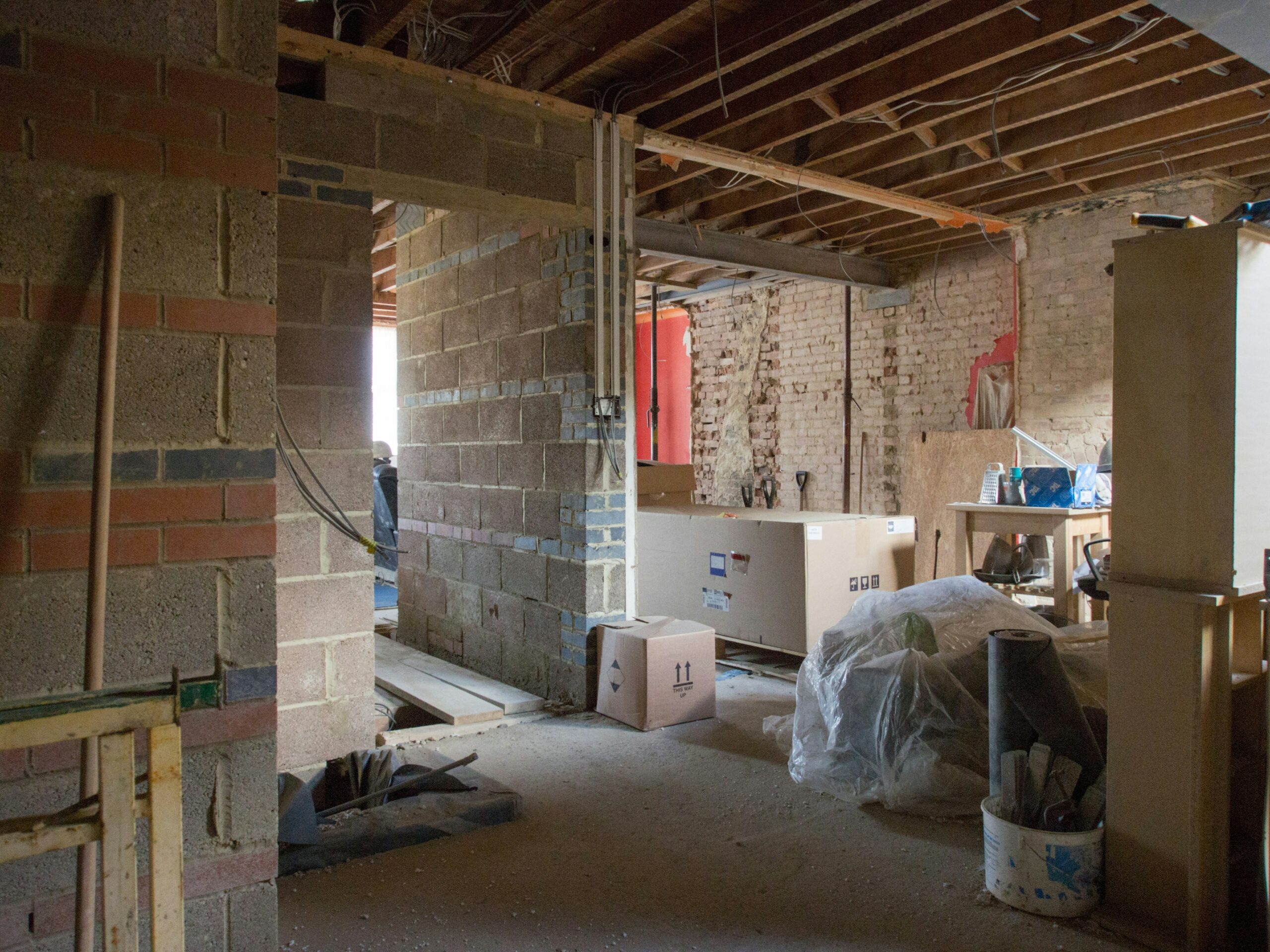The Future of Sustainable Lunar Colonies: Building Habitats on the Moon for Long-Term Exploration
Building habitats on the moon presents a myriad of challenges that must be addressed for successful colonization. The harsh lunar environment, with extreme temperatures, radiation exposure, and micro-meteorite impacts, makes constructing safe and habitable structures a complex task. Engineering solutions need to be developed to withstand these challenges, ensuring the long-term viability of lunar habitats.
Another key challenge is the logistics of transporting materials and resources to the moon for construction. The high cost of transporting heavy and bulky construction materials from Earth to the moon poses a significant barrier to building sustainable habitats. Finding innovative solutions for in-situ resource utilization and modular construction techniques will be essential in overcoming this challenge and establishing a self-sustaining lunar colony.
Importance of Sustainability in Space Colonization
Space colonization marks a pivotal moment in human history, presenting numerous challenges and opportunities. As we venture beyond Earth, it is essential to prioritize sustainability to ensure the long-term viability of our extraterrestrial habitats. Sustainable practices not only conserve resources but also promote the well-being of future generations of space settlers.
In the harsh environment of space, resources are limited and precious; thus, sustainable approaches are crucial for the success of space colonization. By implementing recycling systems, utilizing renewable energy sources, and minimizing waste production, we can reduce our reliance on Earth for essential supplies. Embracing sustainability not only enhances our self-sufficiency in space but also sets a positive example for future space missions and developments.
• Implement recycling systems to conserve resources
• Utilize renewable energy sources for sustainability
• Minimize waste production to reduce reliance on Earth
• Enhance self-sufficiency in space through sustainable practices
• Set a positive example for future space missions and developments
Innovative Materials for Lunar Habitats
To establish successful lunar habitats, the choice of materials is crucial for ensuring structural integrity and longevity in the harsh lunar environment. Traditional construction materials used on Earth may not be suitable for lunar habitats due to the extreme temperature variations, radiation exposure, and micrometeoroid impacts. Therefore, researchers are exploring innovative materials that can withstand these challenges while also being lightweight for efficient transportation to the moon.
One promising material for lunar habitat construction is regolith-based concrete, which utilizes the moon’s surface material as a primary component. This approach not only reduces the need for transporting construction materials from Earth but also takes advantage of the abundant regolith available on the moon. By harnessing local resources, lunar habitats can achieve greater self-sustainability and resilience against potential supply chain disruptions from Earth.
What are some of the challenges of constructing habitats on the moon?
Some of the challenges include extreme temperature fluctuations, micrometeoroid impacts, and lack of natural resources for construction.
Why is sustainability important in space colonization?
Sustainability is important in space colonization to ensure long-term viability of habitats and to minimize the environmental impact on celestial bodies.
What are some innovative materials being considered for lunar habitats?
Some innovative materials include 3D-printed regolith bricks, inflatable habitats, and self-healing materials to withstand the harsh conditions on the moon.






